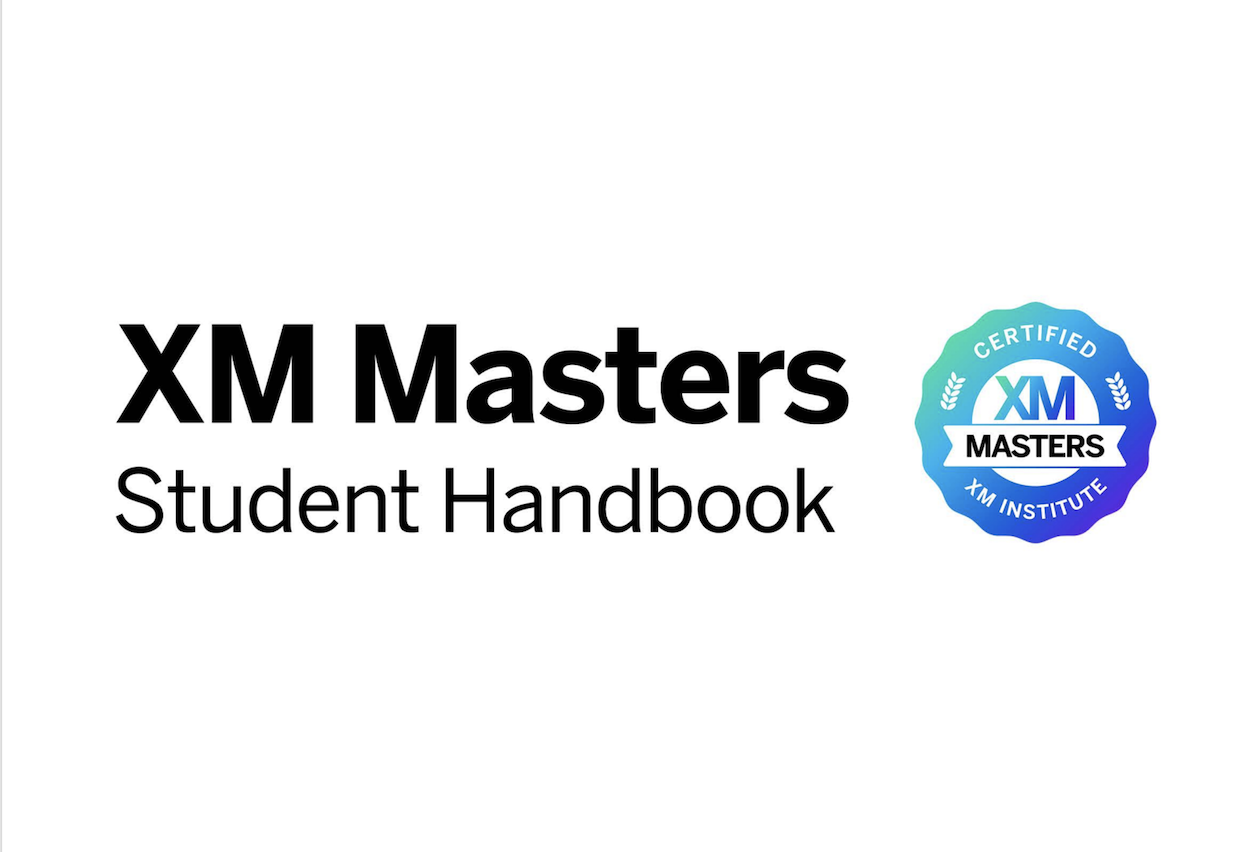Net Promoter® Score (NPS®) is a very popular customer experience (CX) metric. Over the last several years, we’ve seen companies exploring how to use versions of NPS within their employee experience (EX) efforts, often referring to it as eNPS.
In the past, we’ve highlighted different ways that EX measurement programs can tap into CX practices. While NPS has had some success in CX, and there is some appeal in using a metric that executives are already familiar with, we do not recommend it for your EX programs. Using eNPS may seem promising at first, but digging deeper shows that this scoring framework designed for customers may create more challenges than it solves.
How eNPS is used in EX
Companies generally apply NPS to EX by using one or both of these measurement questions:
- Employer Brand: How likely are you to recommend this company as a great place to work to people you know?
- Products & Services: How likely are you to recommend this company’s products and services to people you know?
The typical eNPS response option (which is the same for NPS) is an 11-point scale ranging from “0” (not at all likely) to “10” (extremely likely). Respondents are grouped as either detractors (0 to 6), passives (7 or 8), or promoters (9 or 10). eNPS is calculated by subtracting the percentage of detractors from the percentage of promoters, and then multiplied by 100 to turn it into a number.
Seven Limitations of eNPS
Assessing employee sentiment with NPS seems simple enough, but below the surface are some important considerations. Here are some limitations that you should factor in when considering the use of eNPS:
- Lower reliability of an 11-point scale. EX research has consistently shown that scales should ideally range between 5 and 7 points. eNPS’ unique unidimensional 11-point scale makes it difficult for an employee to differentiate between the options, resulting in a hesitance to choose a positive response.
- Unlabeled scale points. It is best practice in EX to provide descriptors for each numerical scale point. This enhances the clarity of the scale, leading to more valid and reliable results. NPS provides descriptors at 0 and 10 only, leaving the middle points open to subjective interpretation.
- Employees’ NPS biases. If an organization uses NPS with customers, then many employees likely understand the interpretation of the scaled responses. Rather than providing accurate feedback, some employees will mindfully pick a response associated with “detractor” or “promoter” in order to make a statement.
- Smaller sample sizes, higher margin of error. Most organizations have more customers than employees. Subtracting one survey metric from another (Detractors from Promoters) increases the margin of error. With smaller sample sizes in EX, there is less confidence that the insights are meaningful, as one survey response can have a huge impact on the result.
- Existing likelihood to recommend measurements. While the NPS scale and scoring are novel to EX, the two eNPS survey items are not. How likely an employee is to recommend the company as a great place to work is a question commonly found in multi-item engagement indexes. How likely employees are to recommend the company’s products and services is a question that is often included in EX surveys as a driver of engagement as a cultural indicator of customer-centricity. Introducing eNPS can add unnecessary complexity to EX programs that already tap into these sentiments.
- Complex employer-employee relationships. There is evidence showing that the single NPS can be highly correlated with customer loyalty, but this connection cannot be assumed for employees. Employees often have a more complex relationship with their employer, as compared to a customer. Using a multiple-item scale that is designed for purpose is a more valid and predictive way to measure employee experience.
- Limited actionable insights. Most teams will not be big enough to get meaningful eNPS insights, and grouping responses into three buckets will mask details of team responses. For example, two teams responding at very different points on the scale (1 vs 6) will return the same eNPS score once the calculation is applied, erasing the very different experiences in these teams. And unlike customer NPS programs which rely on open-ended comments to understand drivers, the need for employee anonymity severely limits the use of comments in eNPS.
Recommendation: Use Employee Engagement Questions
There is no doubt that asking employees if they would recommend the company’s products and services, or the company as a great place to work, can yield valuable insights. Rather than using eNPS, this type of measurement can be better implemented using existing EX measures that are designed for employee populations.
And while we applaud the attempt to use eNPS to streamline employee surveys, we don’t believe that organizations should cut back to a single engagement measurement. Instead, consider using something like Qualtrics’ three employee engagement questions (which all use a 5-point likert agreement scale):
- I would recommend this company to people I know as a great place to work
- My work gives me a feeling of personal accomplishment
- This company motivates me to contribute more than is normally required to complete my work
The bottom line: We love practices that transcend CX and EX, but NPS is not one of them.
Dr. Cecelia Herbert, XMP, PsyD, is a Principal Catalyst for Qualtrics XM Institute
Bruce Temkin, XMP, CCXP, is the Head of Qualtrics XM Institute
Note: Net Promoter, Net Promoter Score, and NPS are registered trademarks of Bain & Company, Inc., Fred Reichheld, and Satmetrix Systems, Inc.





